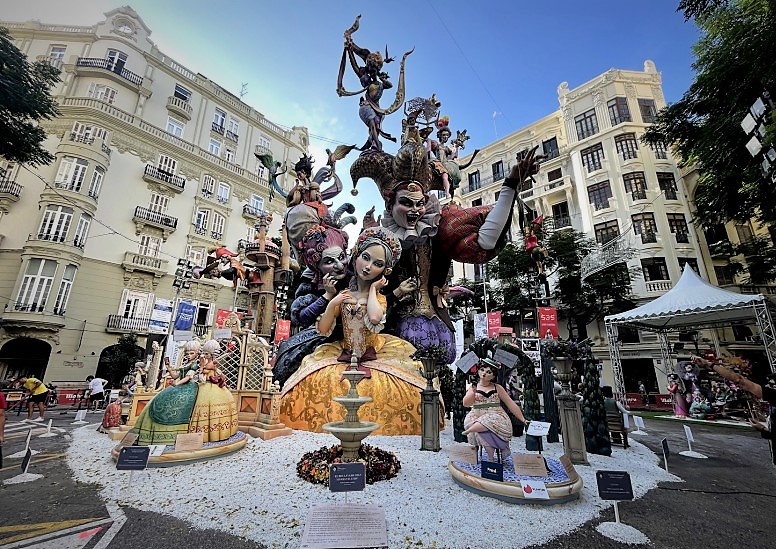
When I decided to go on a beach vacation in Valencia, Spain, I had no idea that their big local festival, Les Falles, was happening. I’d never heard of it, but as I walked around town and saw the giant statues, fireworks, and smoke, I knew something extraordinary was going on…
What is Les Falles?
The 5 main days of the Les Falles Festival (Valencian: Les Falles; Spanish: Las Fallas) revolve around the daily Mascletàs (crazily loud fireworks and firecrackers in amazing pyrotechnics displays) and the Falles themselves – large wooden, wax, cork, and paper statues displayed throughout the Valencian neighborhoods. The falles are huge tableaux, composed of caricature-like dolls, or puppets (ninots) arranged in a gravity-defying manner, and mounted on a bed of wood and fireworks. They can be up to 5 stories tall.
At the end of the 5 days, the falles are burned! Millions of euros and hours of work all go up in flames – wait’ll you see that!
The falles are placed in plazas or streets all throughout Valencia – in the first examples above and below, you can see that these falles are blocking the intersections (pro tip: don’t try to drive around during Les Falles!). Surrounding the falles is a big party – restaurants and bars overflow into the streets. Besides the organized mascletas, kids set off fireworks continuously.
What Does it Mean?
Les Falles originated in the 1800s, as a way for people to dispose of their old things – furniture no longer wanted, or scrap wood – in bonfires. As years passed, carpenters added rags and old clothes to their scrap wood, which made the figures look more like effigies, and gradually this evolved into the artistic ninots that we see today.
Usually, this festival is held in the spring; like many other spring traditions worldwide, the burning of the falles represent a cleansing act, celebrating the arrival of the light, and banishing the darkness of winter.
The Silk Costumes of Les Falles
What makes Les Falles important enough to be on UNESCO’s list? During Les Falles, you will see young women and girls, the Falleras, opening the mascletas, during the parade of flowers, and at La Crema. The famous traditional costumes worn by the Falleras and Falleros are made using embroidered silks and fabrics in various colors and patterns, thus preserving the tradition of using ancient manual silk looms for their production. These elaborate dresses can cost thousands of euros.
Valencia is one of the few cities in Spain that still has the tradition of weaving silk on manual looms, and there’s a marvelous Silk Museum here, which is a UNESCO World Heritage site. The use of the traditional silk dresses led to the inclusion of Les Falles on UNESCO’s intangible cultural heritage of humanity list.
Events During Les Falles
La Planta
Each neighborhood has a Casal faller, a club of people responsible for constructing their falles. These casals create both a main falla and an “child” falla, which is smaller. The casals compete against each other to gain the most popular votes – the 2 falles (one main and one child falla) with the most votes are ‘pardoned’ from being burned at the end of the festival. There are reportedly between 350 – 400 falles constructed each year.
I arrived in Valencia on September 1, which was the first day of this years Falles Festival. In normal years, La Planta occurs beforehand – when the clubs are scrambling to complete the falles. They are judged on the first day.
La Mascletà
Even before I saw any falles, the mascletà let me know that something was up in Valencia. They make purposefully loud fireworks that sound like bombs, and which make an impressive amount of smoke. The fireworks are hung in groups on wires (see pics). It seems as though the main goal is the production of lots of noise and smoke.
Normally, these mascletàs are scheduled for certain times during Les Falles; this year, the authorities didn’t want people gathering in large crowds, so the mascletàs were held at random times throughout the city, including one morning at 8 a.m.
During Les Falles, I stayed at Las Arenas Balneario Resort. I’ve noticed that often people who stay at these resort-type hotels never leave “the compound” or have any idea of where they are in the world, culturally. With the loud mascletàs, some thought we were being bombed, or they were gunshots; others were going to complain to the hotel about the noise. 🙄 Let’s not be those people! How can they be so uninquisitive?
La Cremà
La Cremà (the burning) is the climax of the entire festival, when all but the pardoned falles are burned. The child falles were burned at 8 p.m. this year, and the large ones at 10 p.m. I walked around the beach neighborhood, looking for a falla I wanted to watch, and could see where some of the small falles had met their demise.
This was something I really wanted to observe – how did they burn these large constructions in the midst of tiny intersections, with buildings all around??? This was the scene at the one I chose to watch – I was glad to see a firetruck there. Reportedly, towns all around Spain send firetrucks to Valencia for this event.
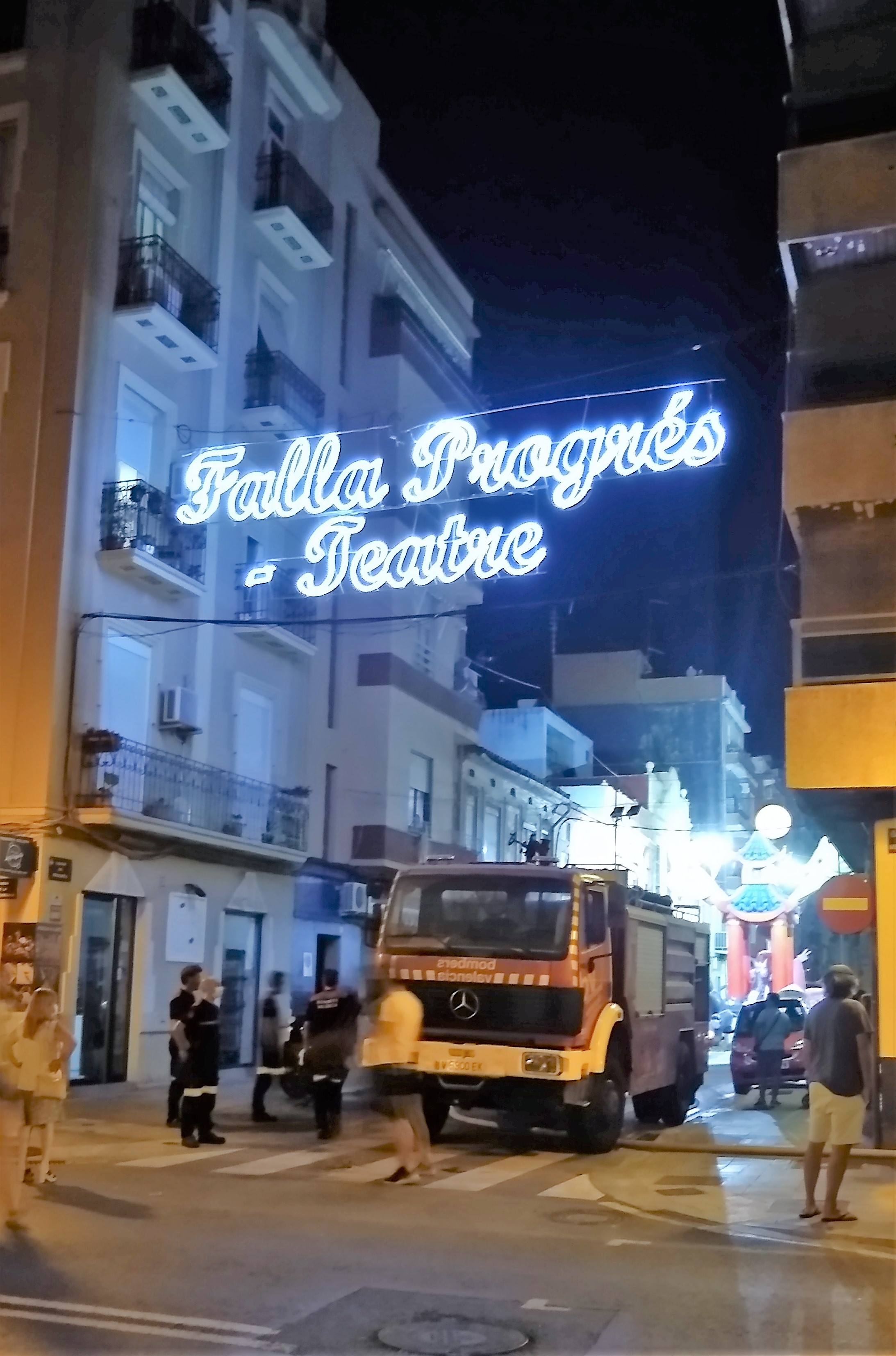
Firetruck on site 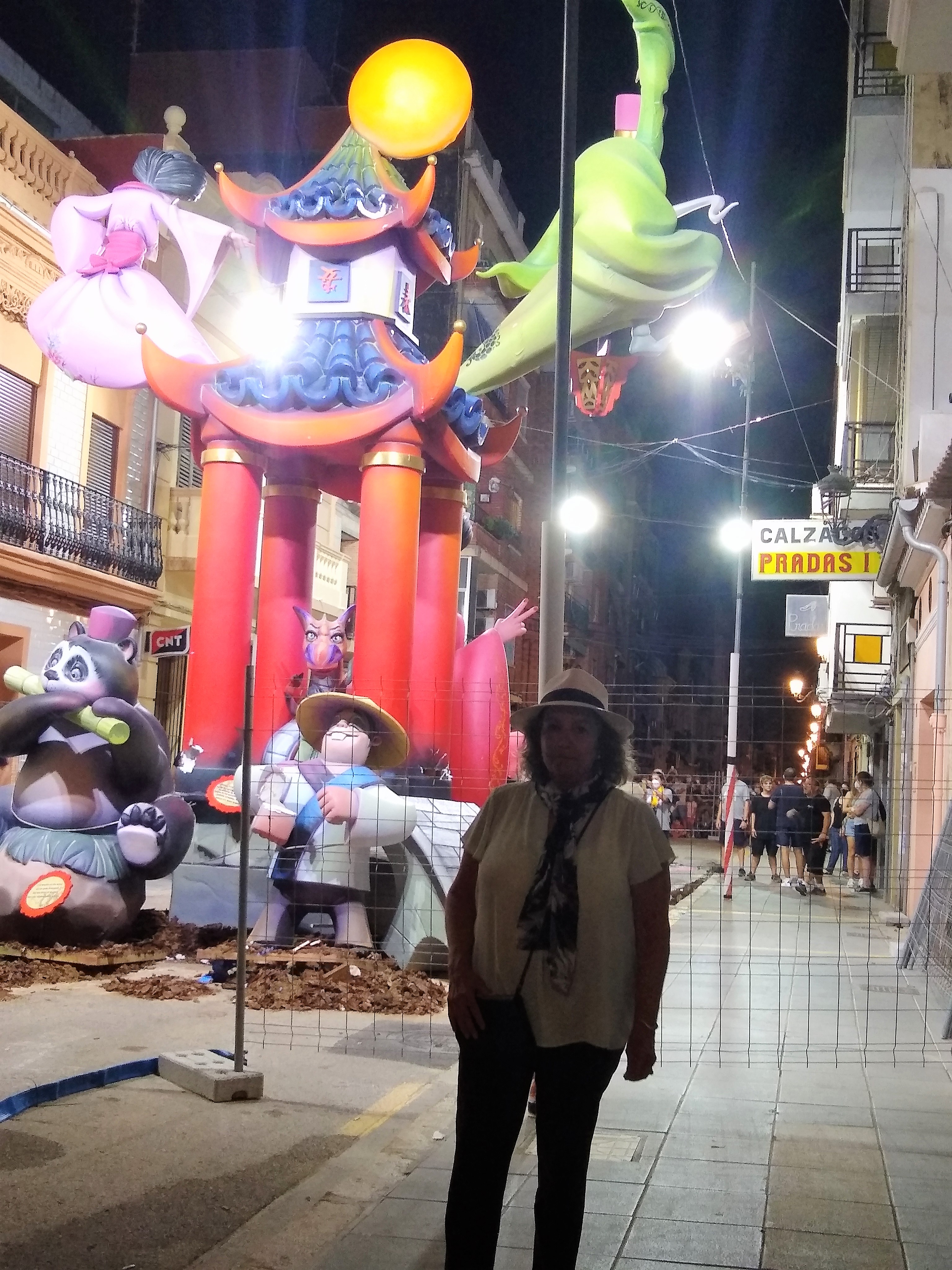
I was there! 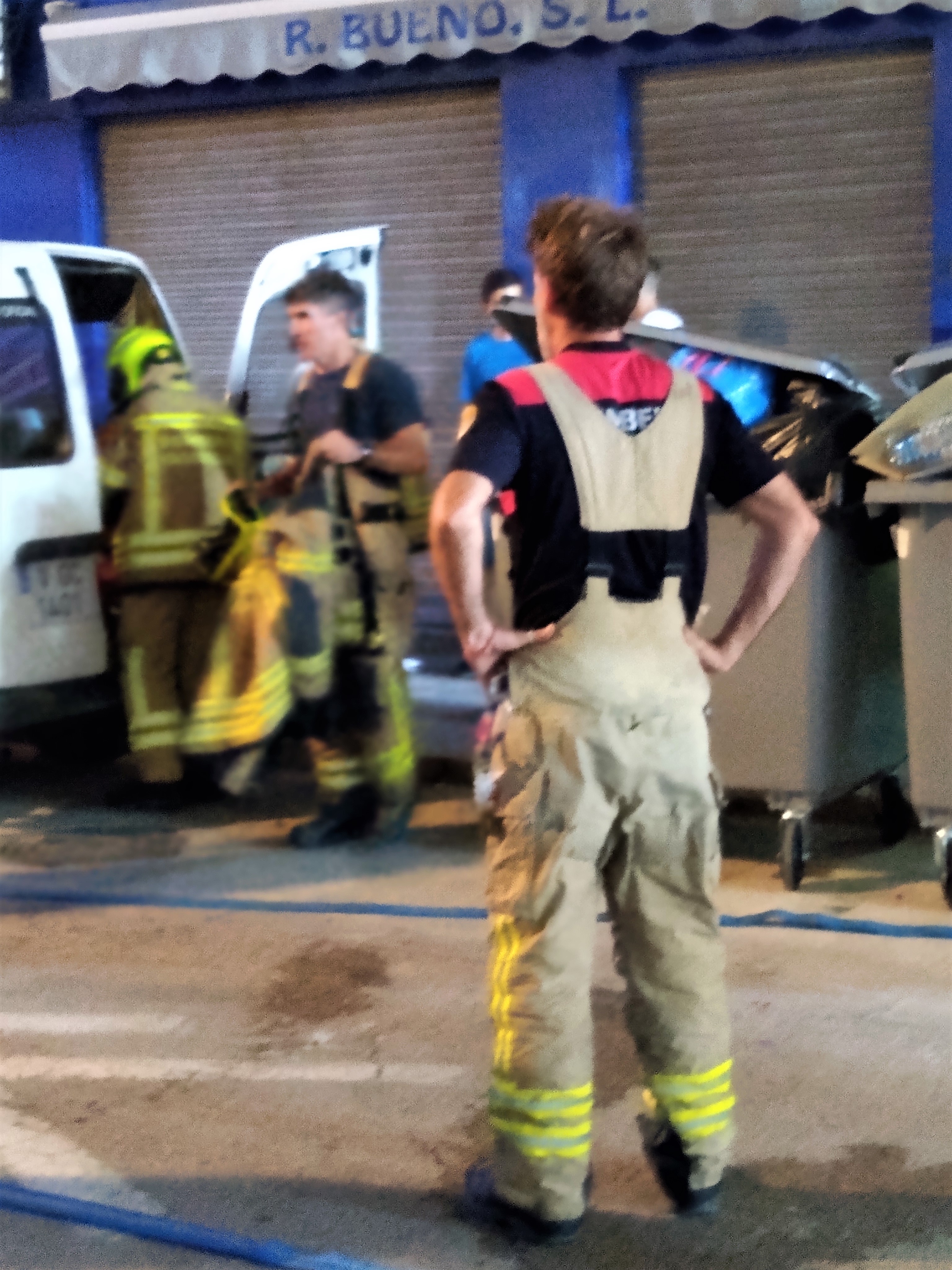
Gearing up in 90* 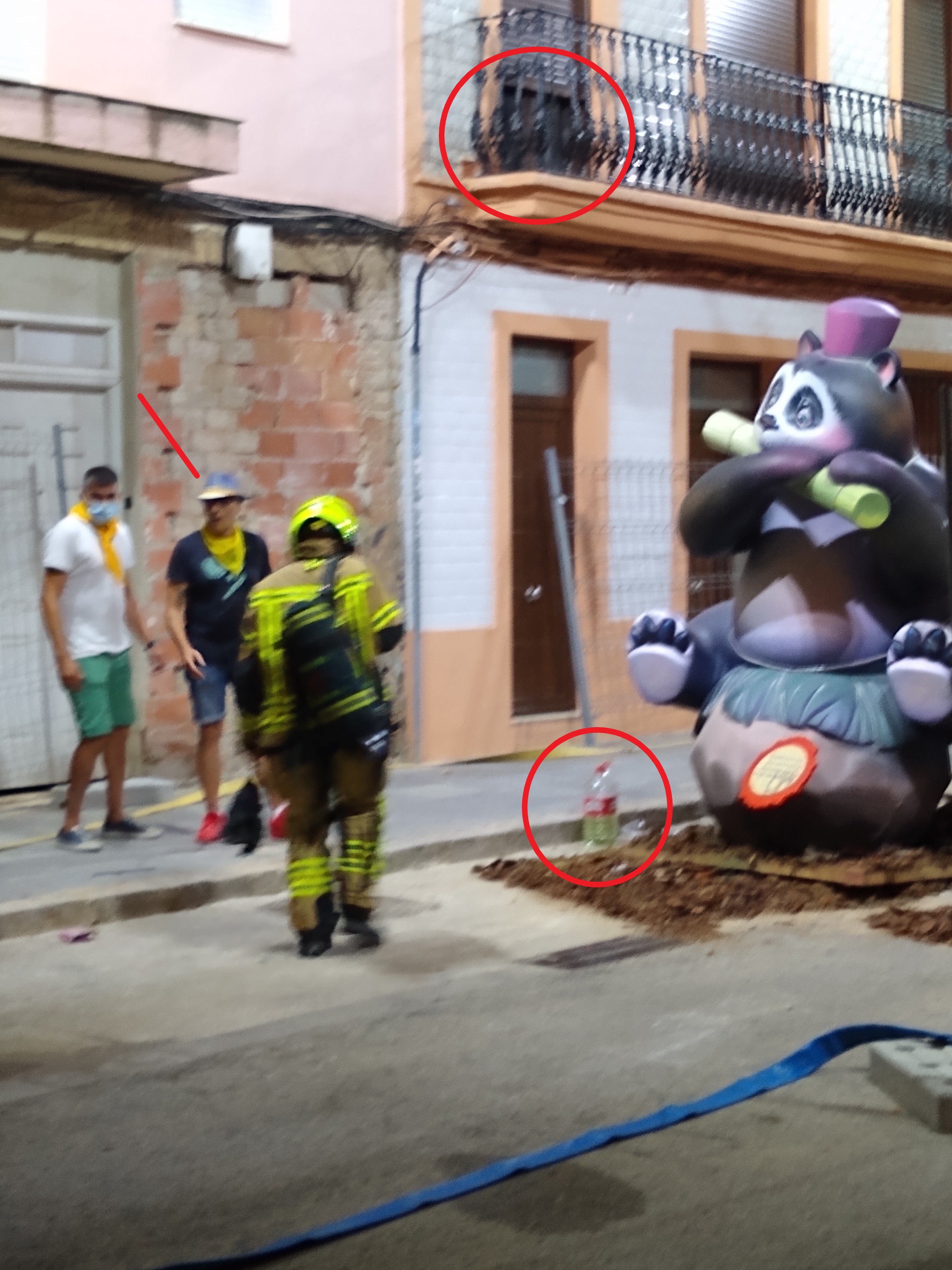
Close that window! 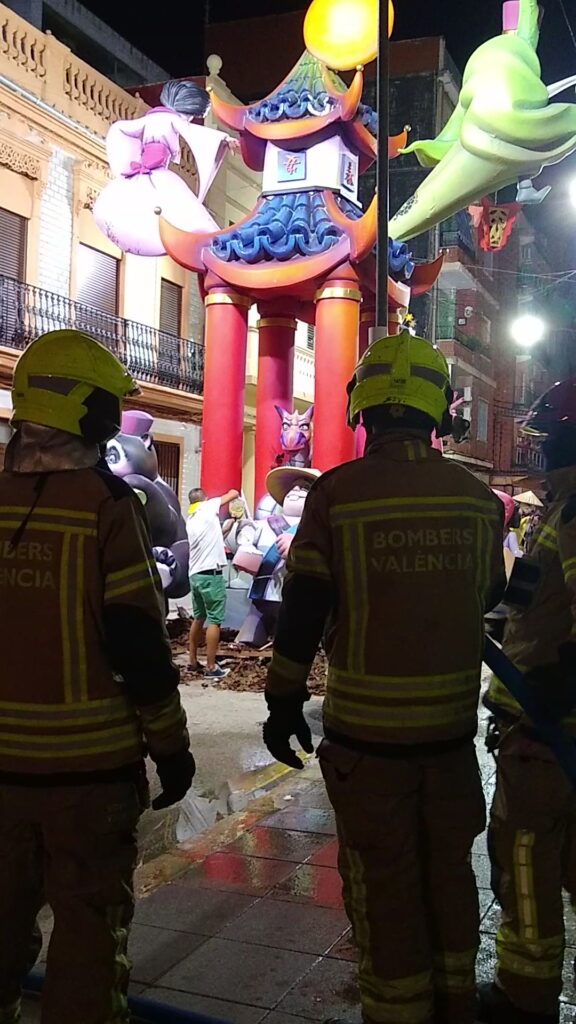
Add gasoline 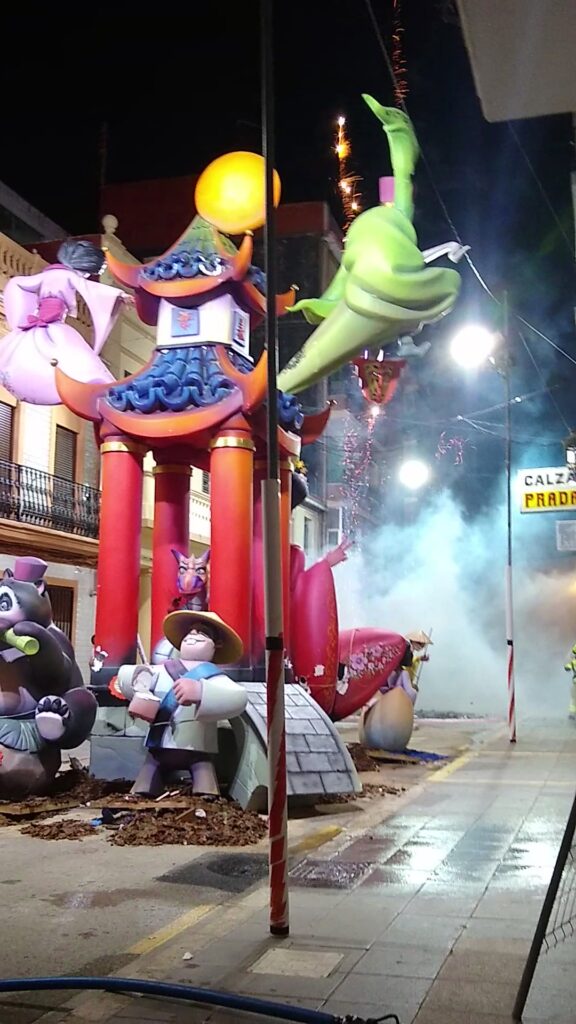
Fireworks
Note the open window in the 4th pic? The firemen pounded on the door to let the woman know it was time to close it. The man in the yellow bandana then took the bottle of gasoline and sprinkled it around the base of the falla, which was already pre-loaded with firecrackers under the wood chips.
The wires above the falla? I’d assumed they were steel cables to steady it – boy, was I wrong! The entire burning of this large falla took 10 minutes, and I filmed the whole thing!
Watch for these steps: 1. Fireworks 2. Firemen on standby 3. Dousing with gasoline (photos of 1-3 in above gallery) 4. Firecrackers lit, igniting the falla 5. Firemen hose the buildings as the fire grows 6. electric wire catches fire & sparks 7. Wire breaks 8. Se fue
It’s here: (stills are below the video showing the same steps)
Incredible, right? Could you tell I jumped back when the wire started sparking? And, the commentary from my Dutch friend, Neils, is priceless.
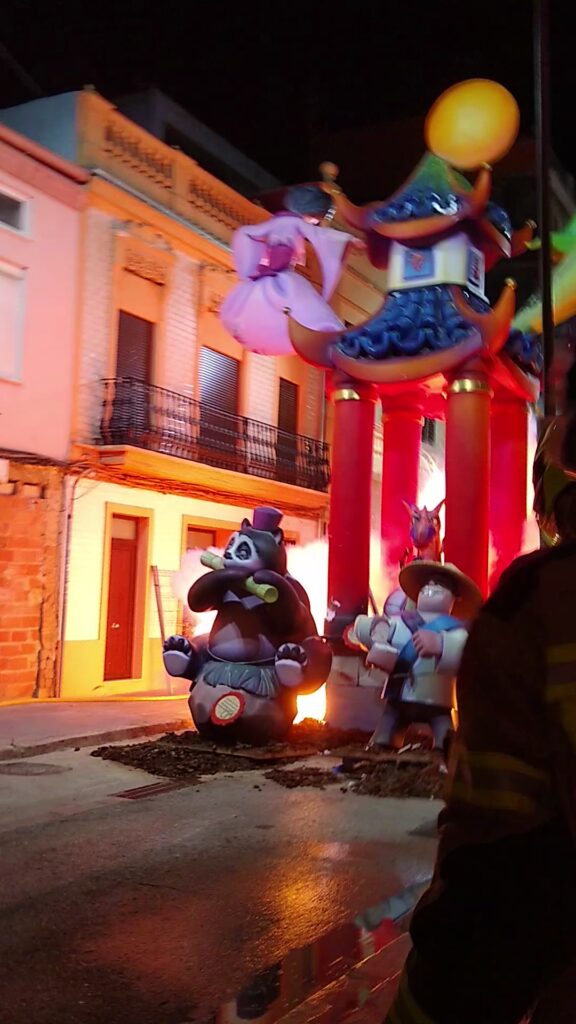
Strategic Firecracker starts fire 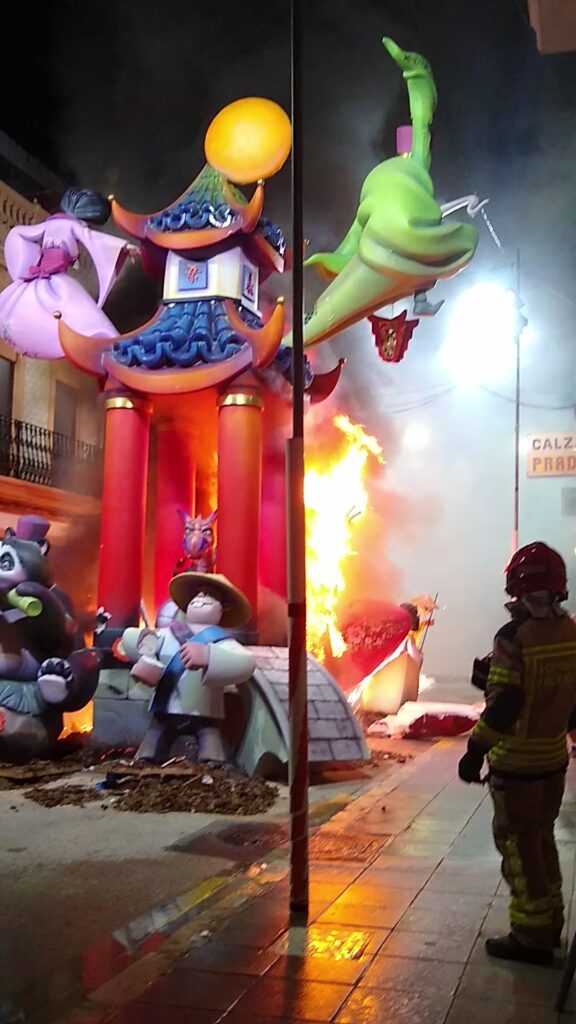
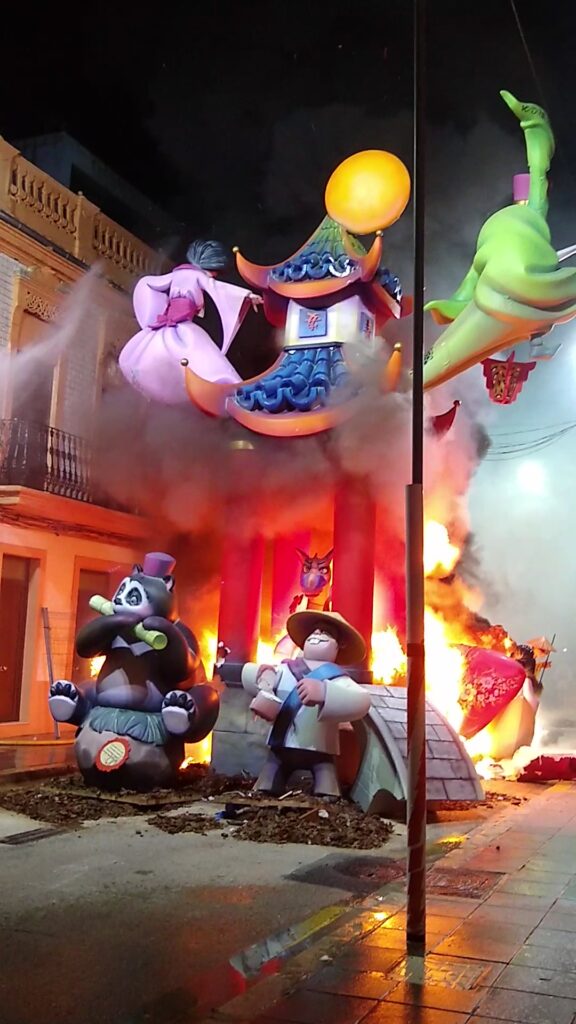
Firemen hose building 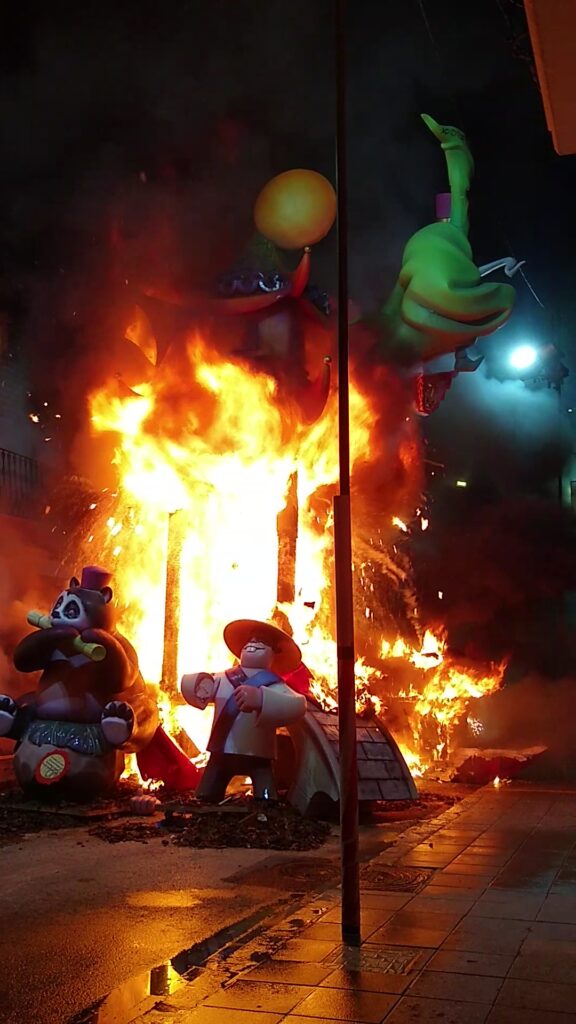
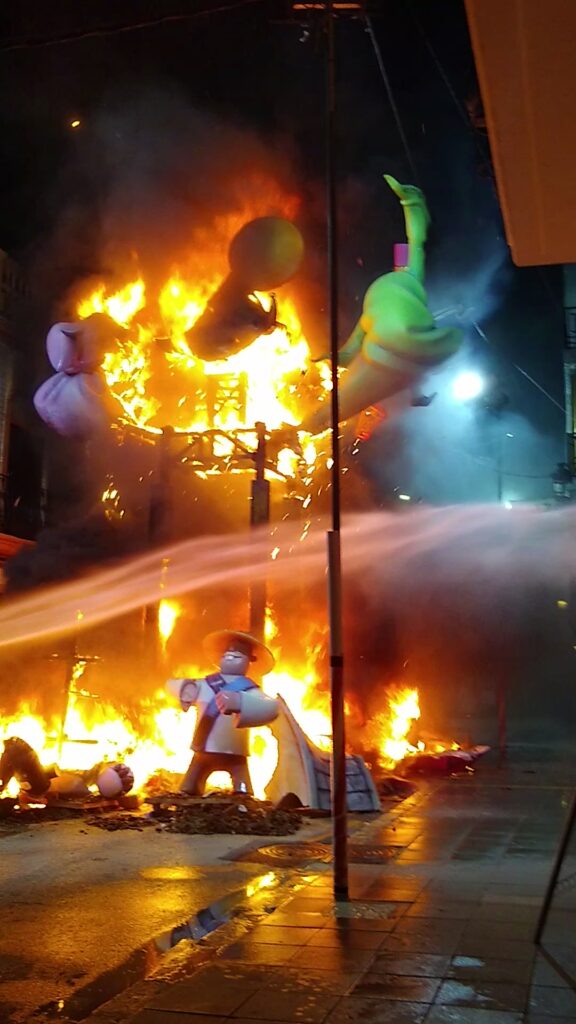
hose other side 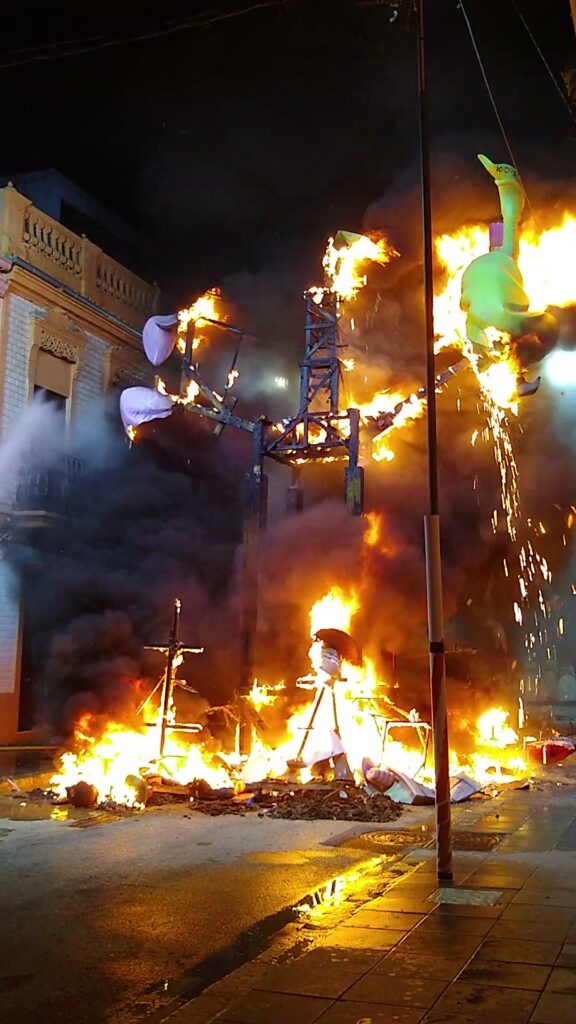
wire on fire 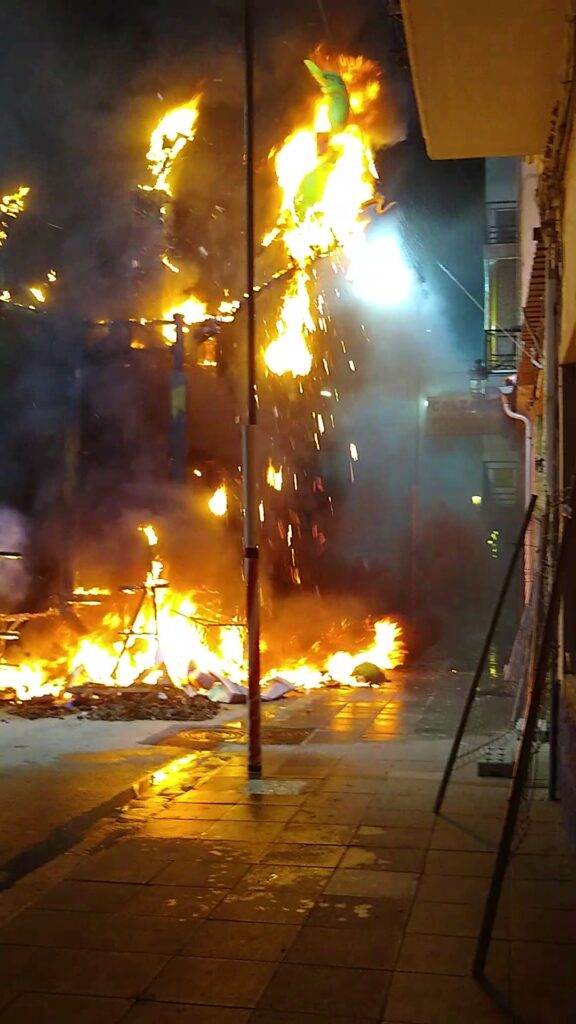
wire breaks 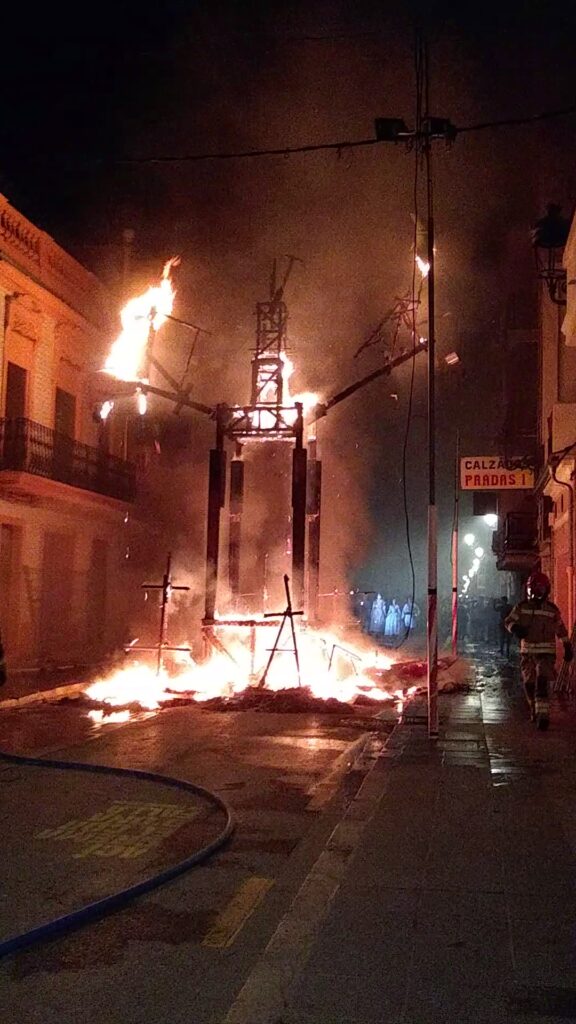
electricity fails-note Falleras in back 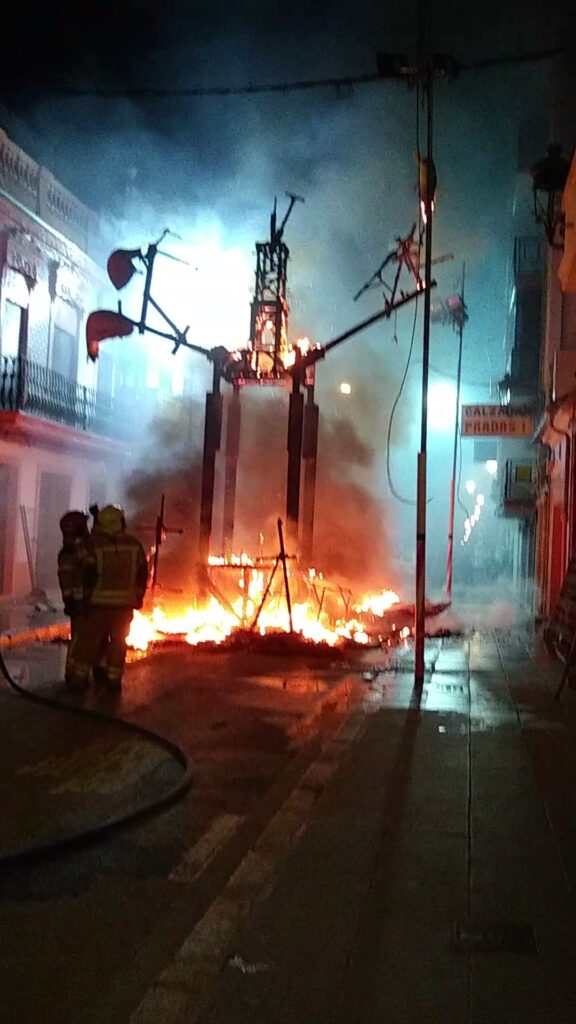
se fue
I was impressed at the safety measures taken by the fire department…they were faced with a nearly impossible situation.
Thinking of Attending Les Falles?
There’s plenty to do in Valencia with or without Les Falles, but I’m so thankful that I was here for this spectacular event. When I planned my trip to Valencia, it was because I’d spent about a month in Madrid, and simply wanted to get to the beach and explore another town in Spain during this hot summer. Les Falles made my visit much more interesting, but there’s lots of other things to do in Valencia as well.
Planning your trip
I found lots to do in Valencia here besides Les Falles – just put Valencia in the search bar – including my favorite: Paella Cooking Class – more coming on this fun day. My day at the aquarium (an inept word for this largest oceanographic museum in Europe!) was great too.
If you’d like to learn more about Las Fallas Festival and see some of the ninot indultats (pardoned falles) from previous years, you can visit Valencia’s Museo Fallero. This museum is open all year round, not just during the festival.
Like this Article? Pin & Save for Later
In Conclusion
Les Falles, though accidental for me, was one of the most engaging and interesting cultural event I’ve found in my travels. Here’s more Les Falles information.
If you’re traveling to Spain, you’ll be interested in my in-depth article about Madrid, a city I hadn’t considered before I went there, but is now among my top 5 cities in the world.
In the meantime, keep in touch! Sign up for a monthly (or so) newsletter on the yellow form at the bottom of the page – I’ll send you deep discounts on great vacations as soon as you do. And – I’d love your comments and questions about this article.
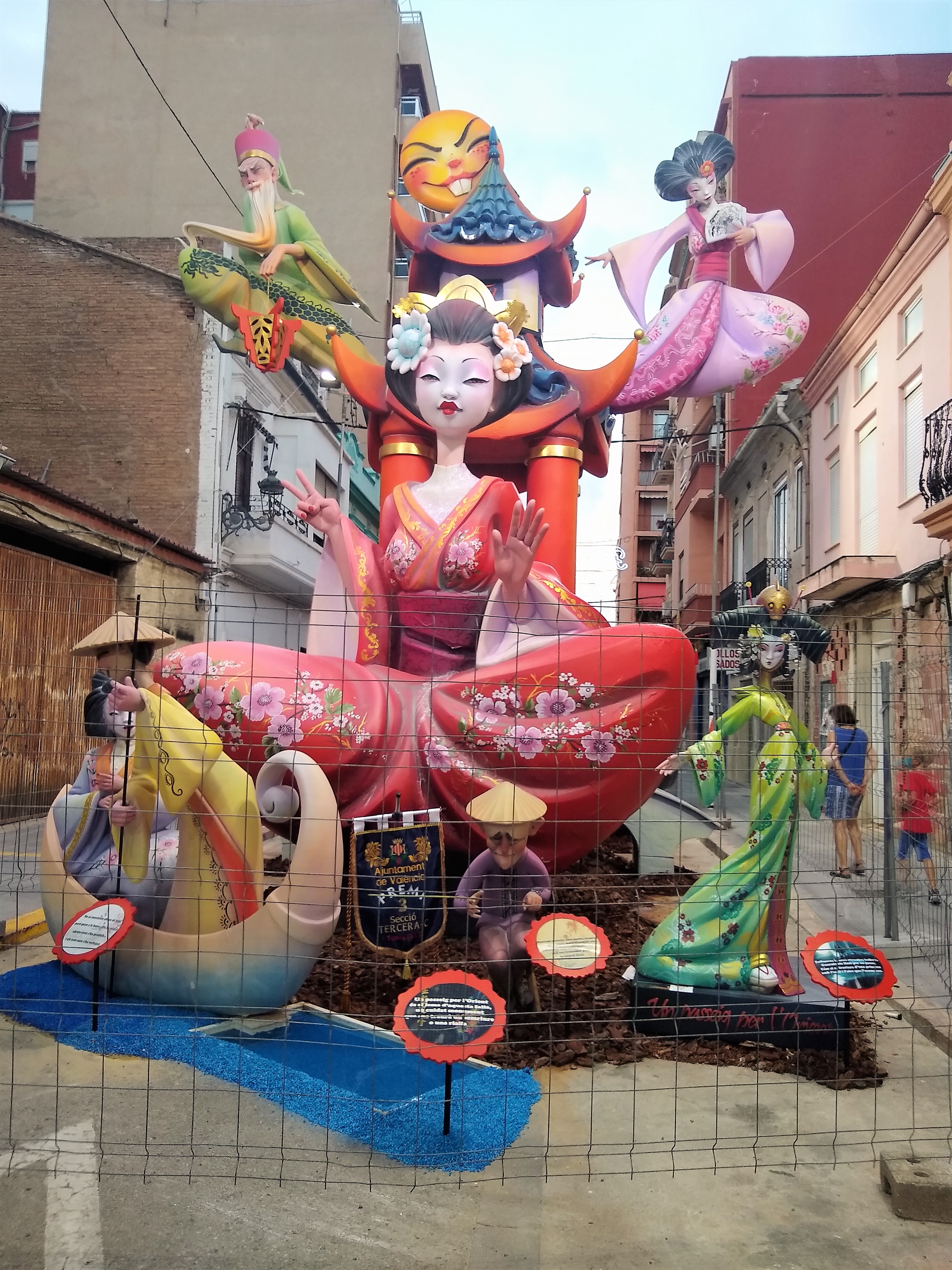
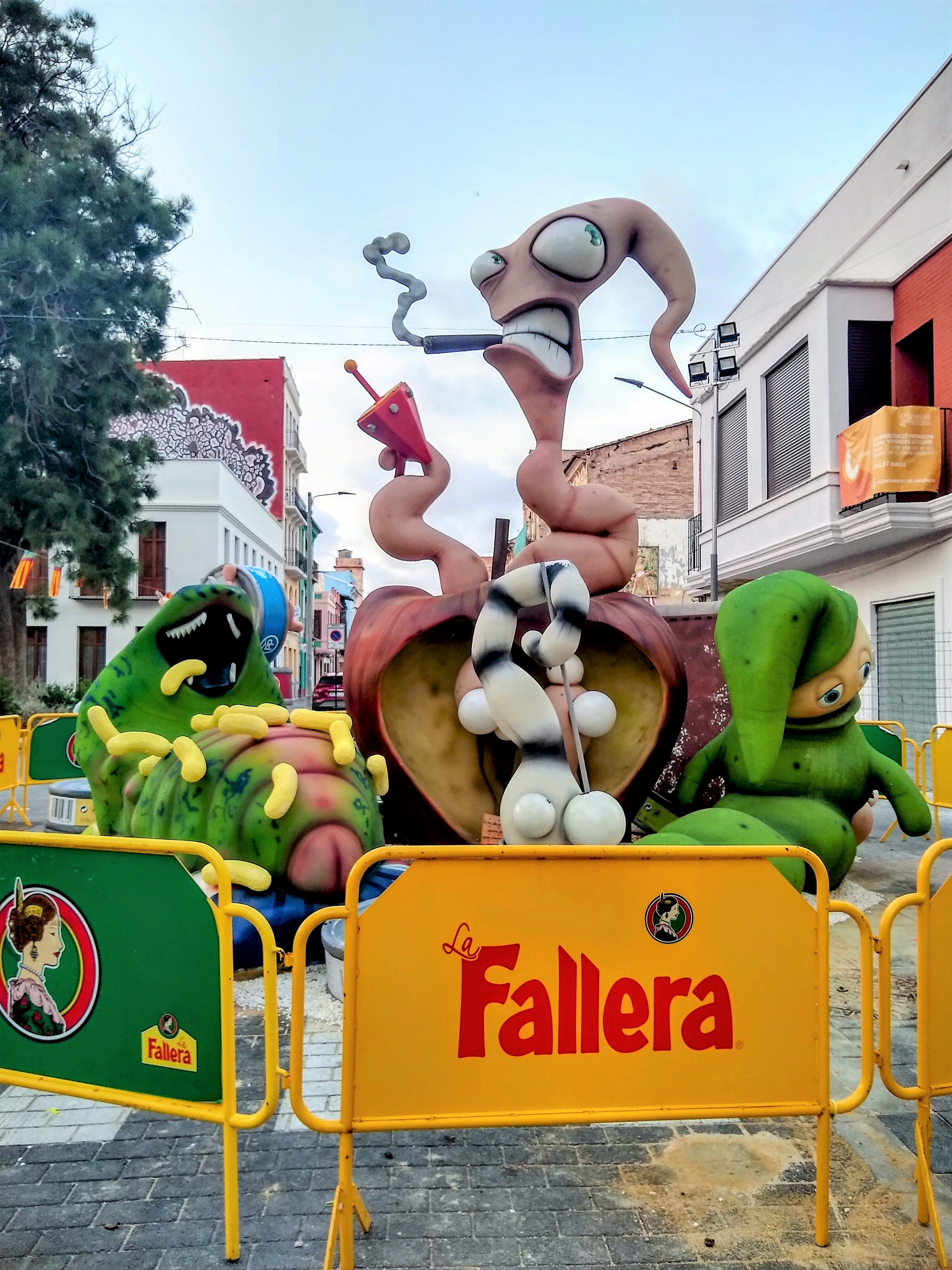
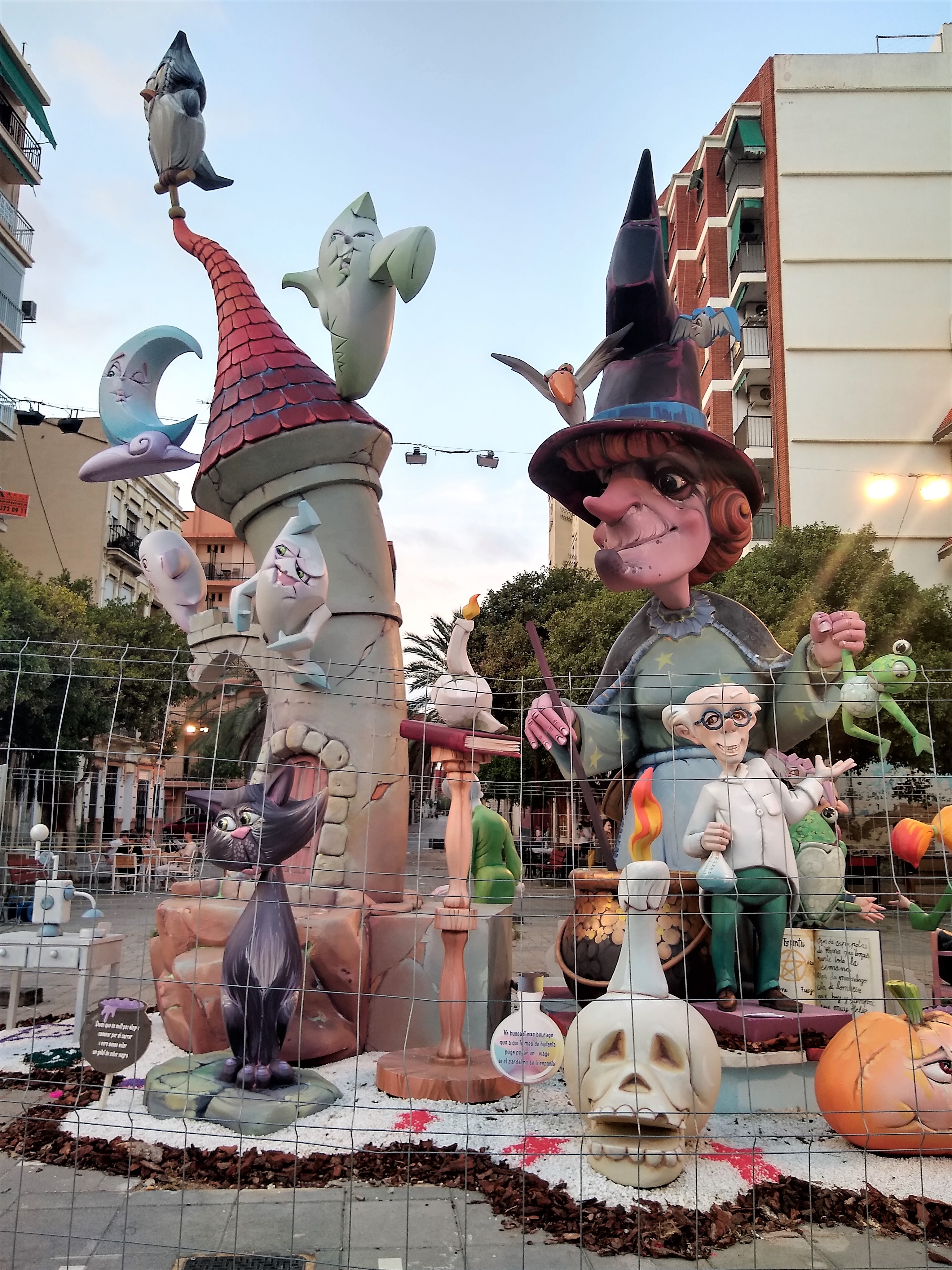
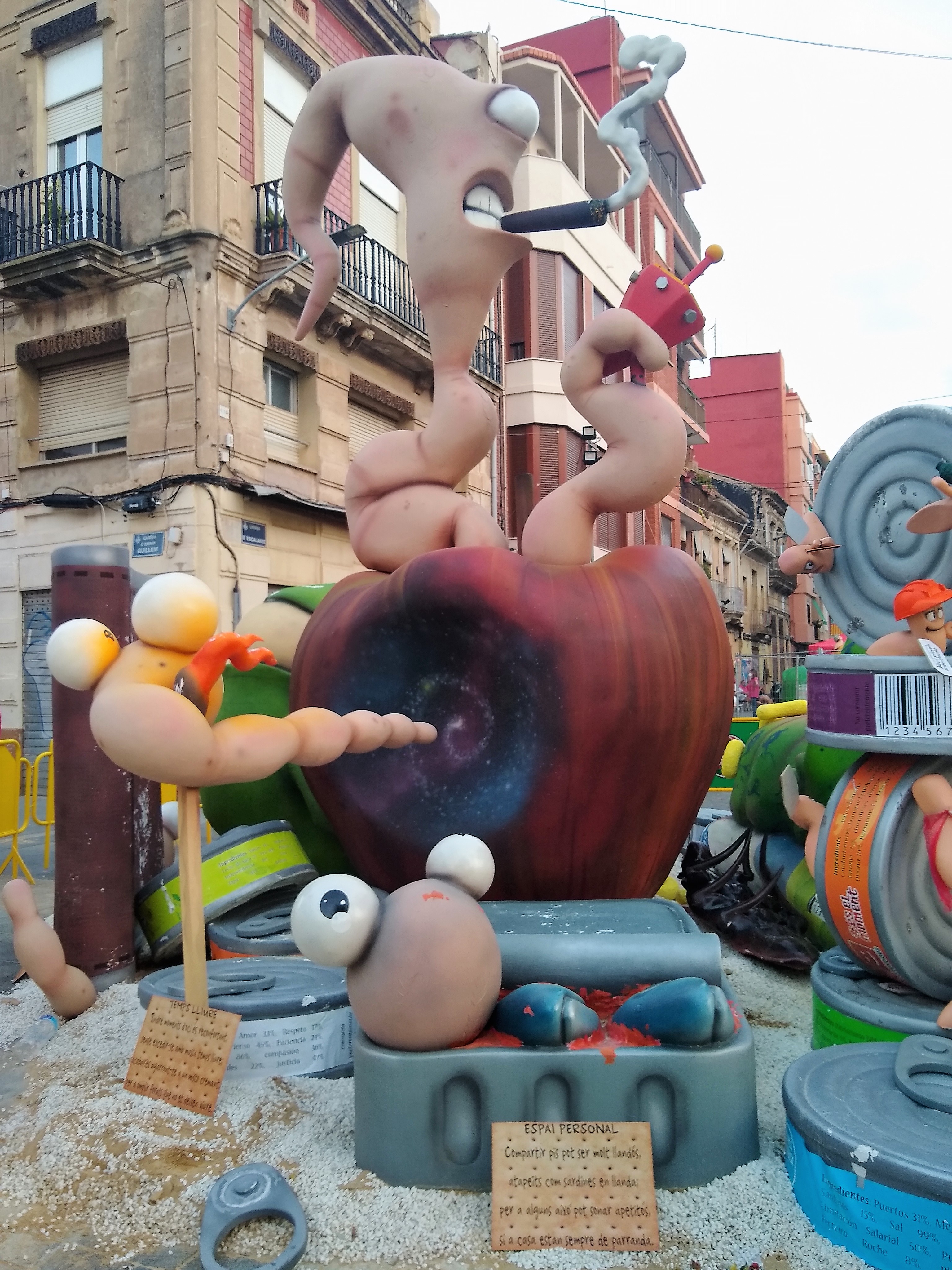
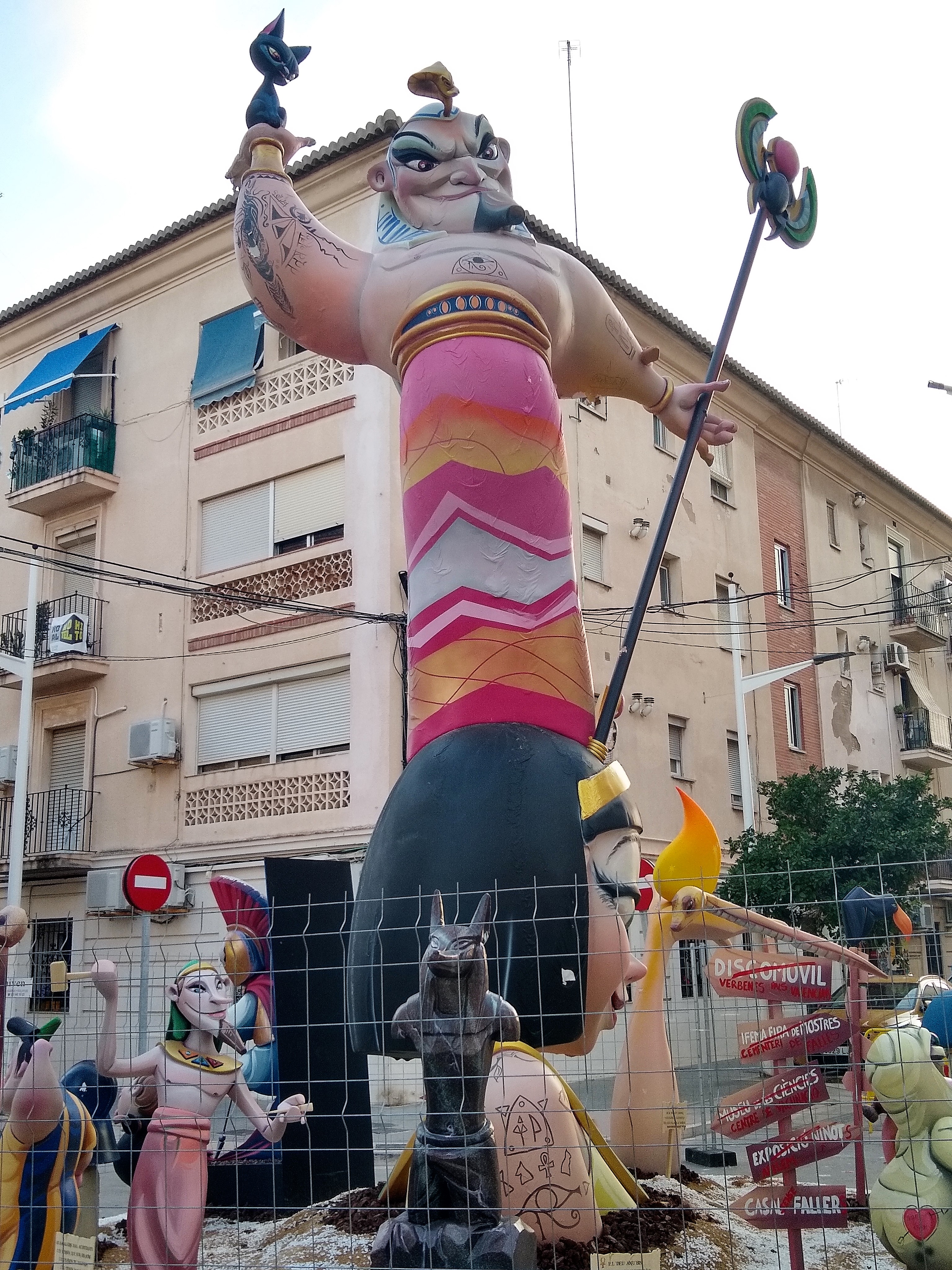
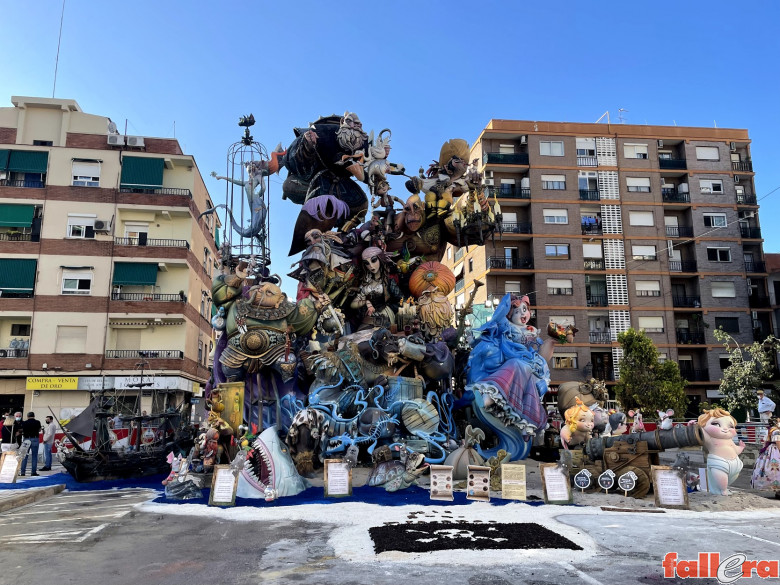
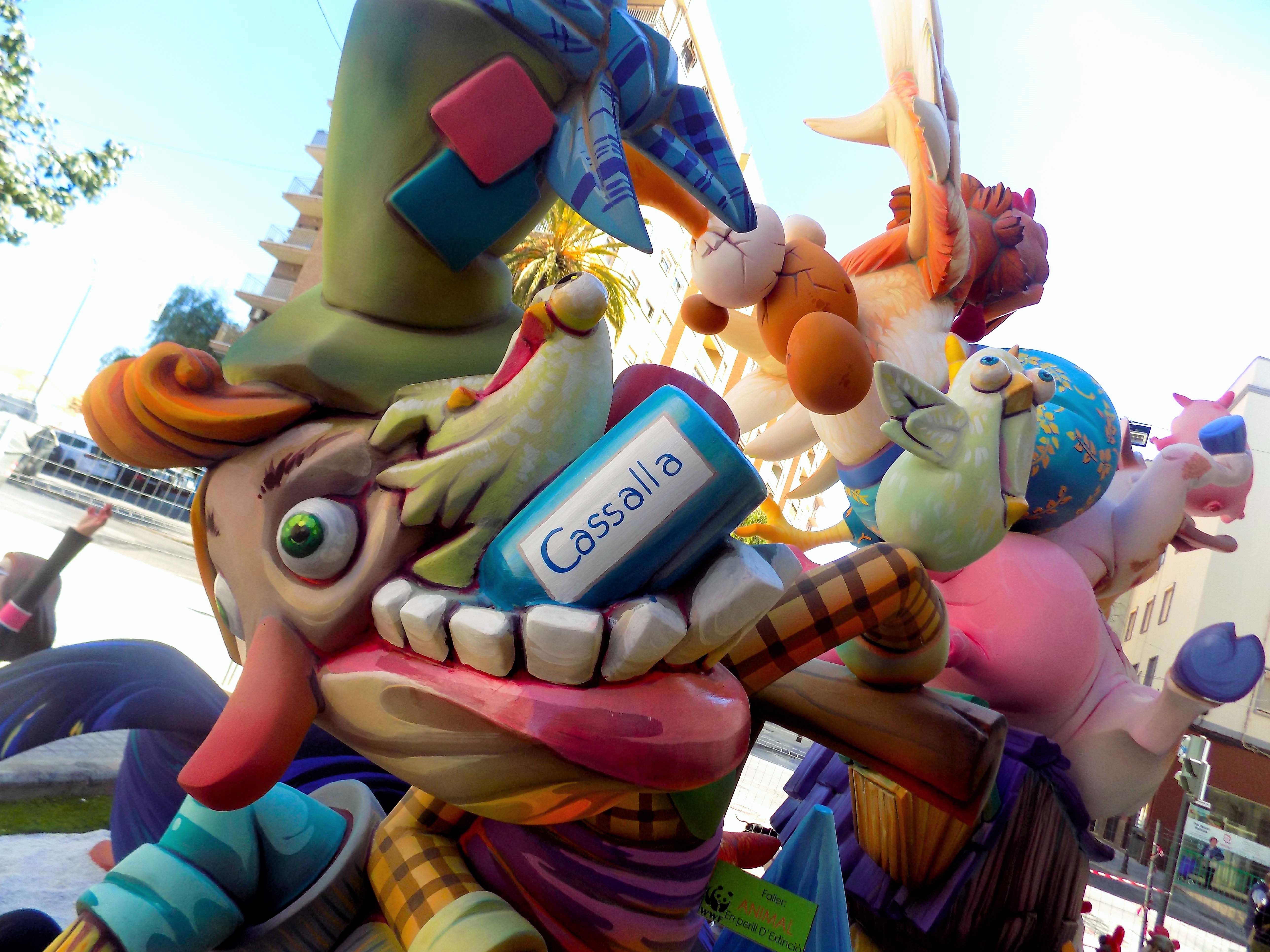
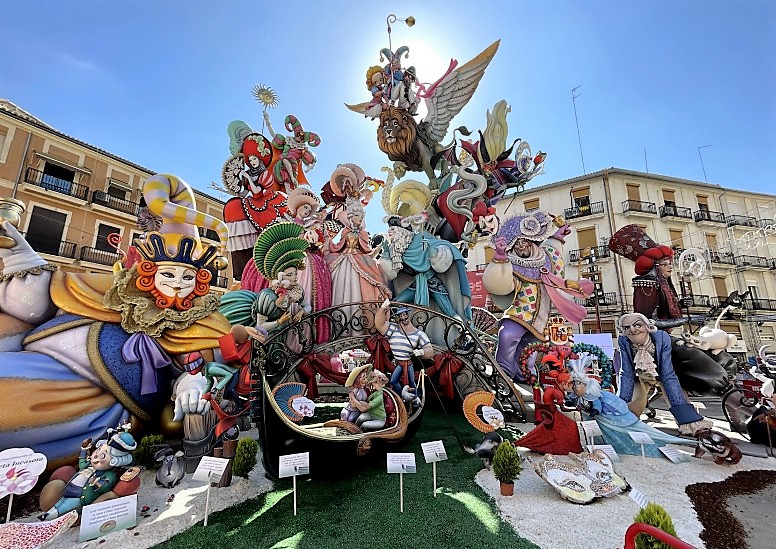
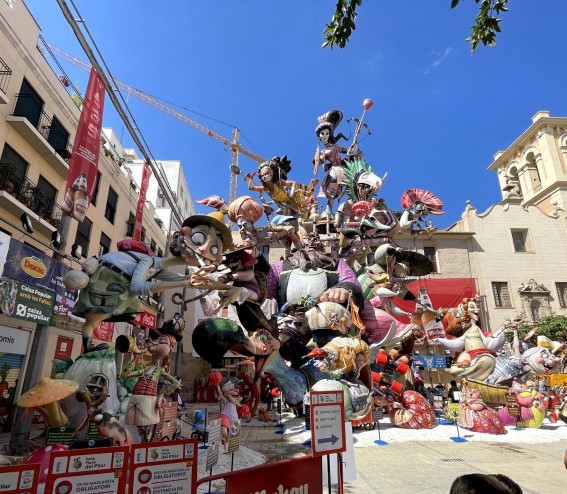
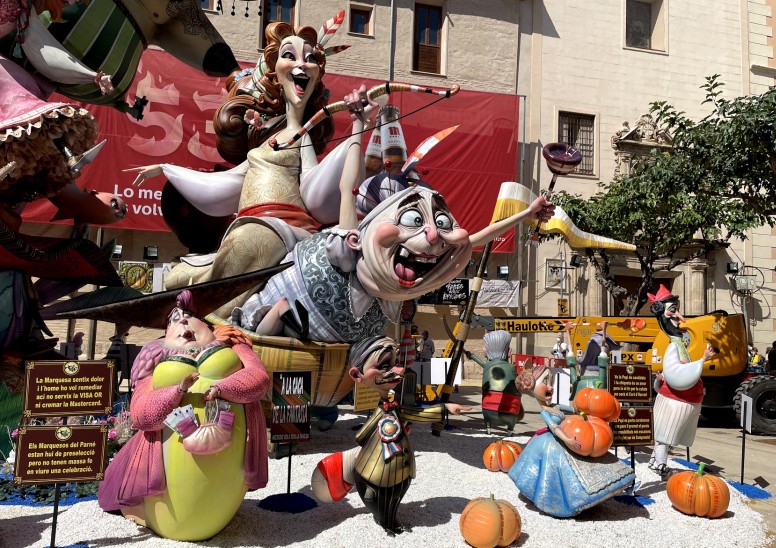
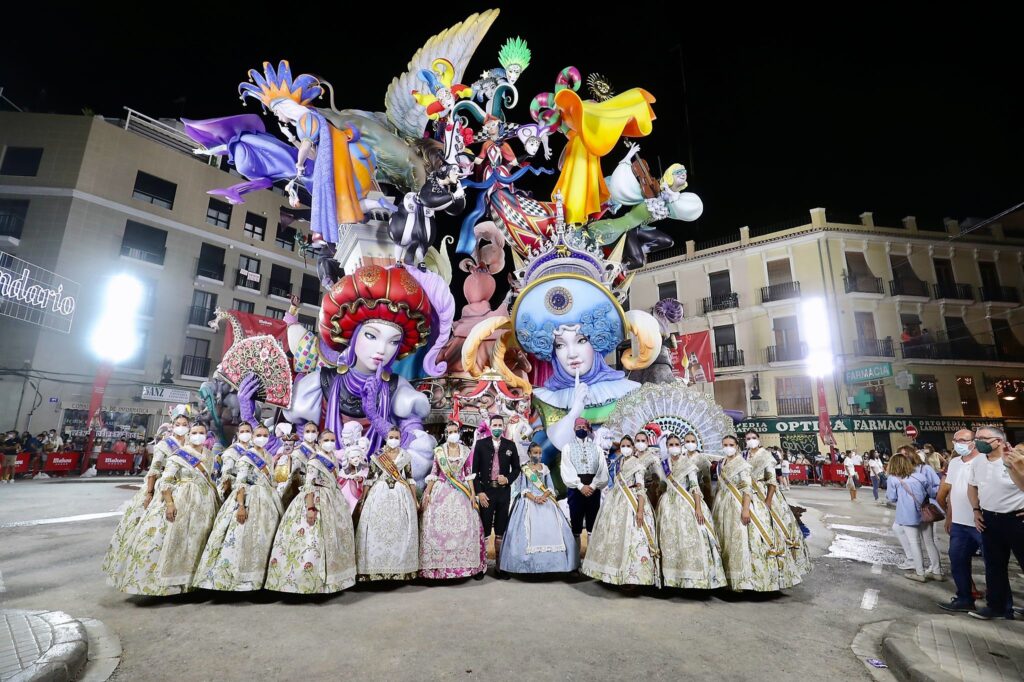
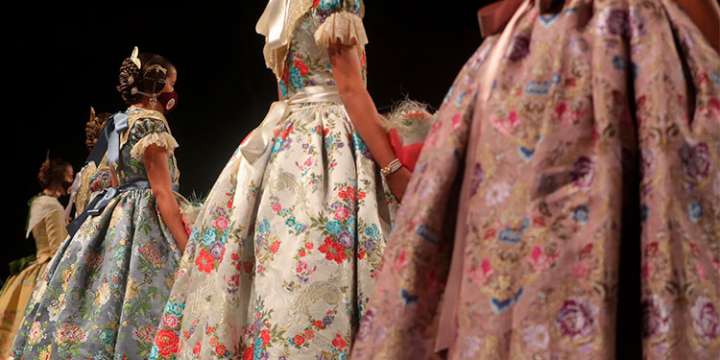
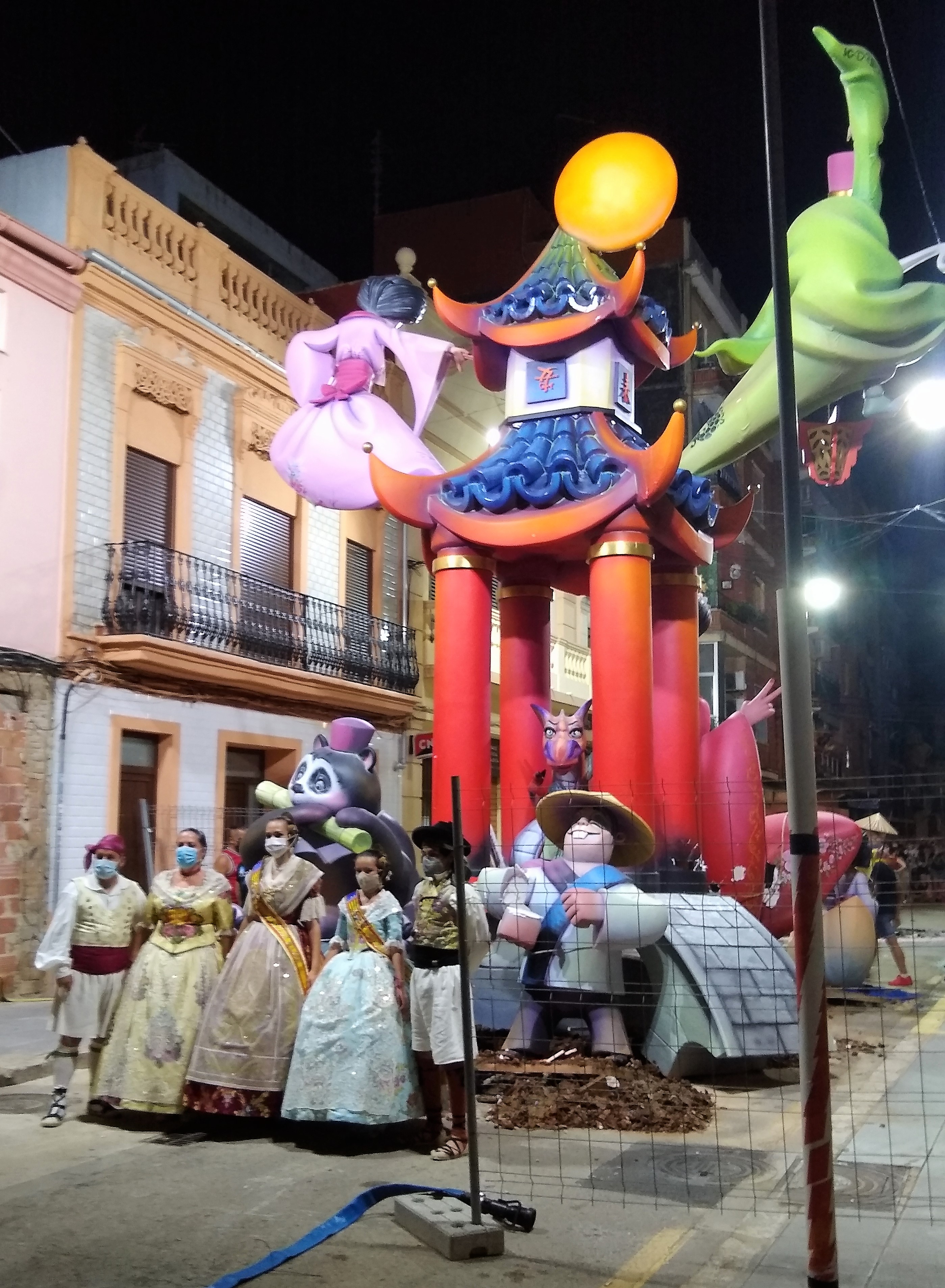
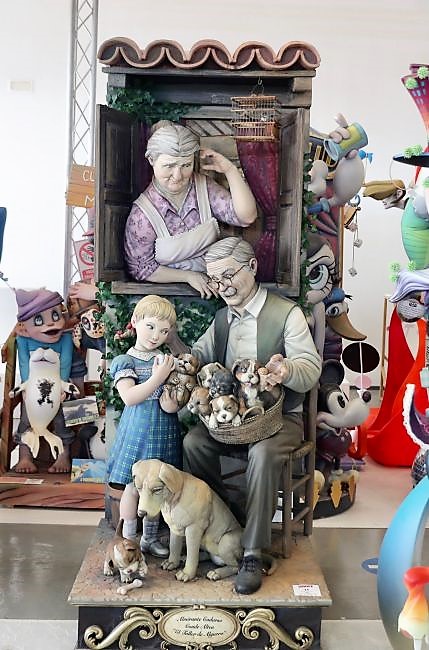
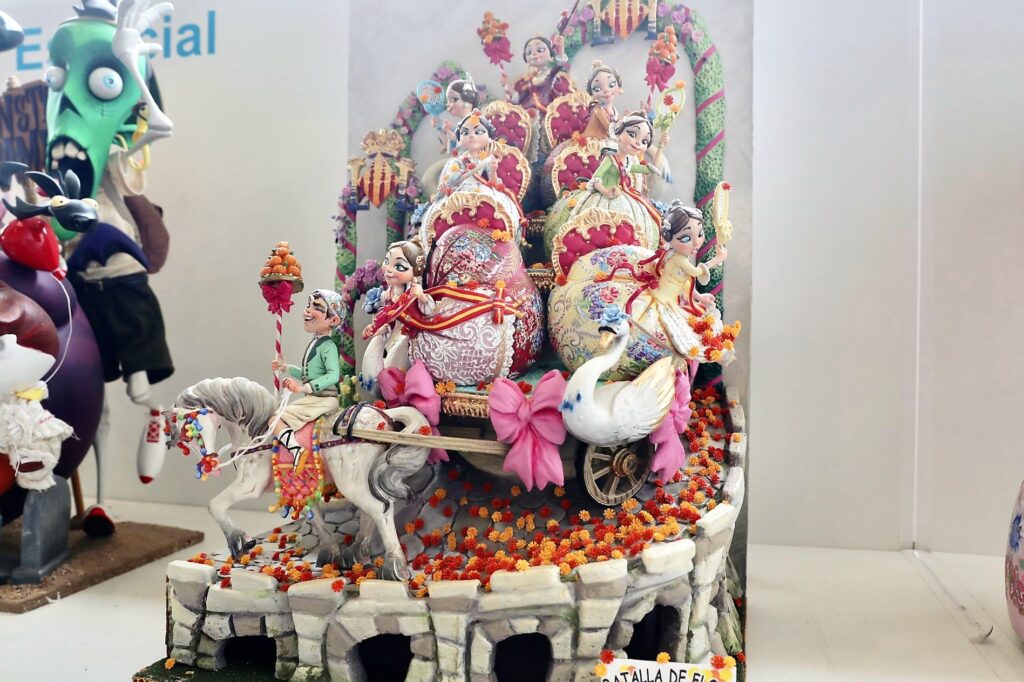
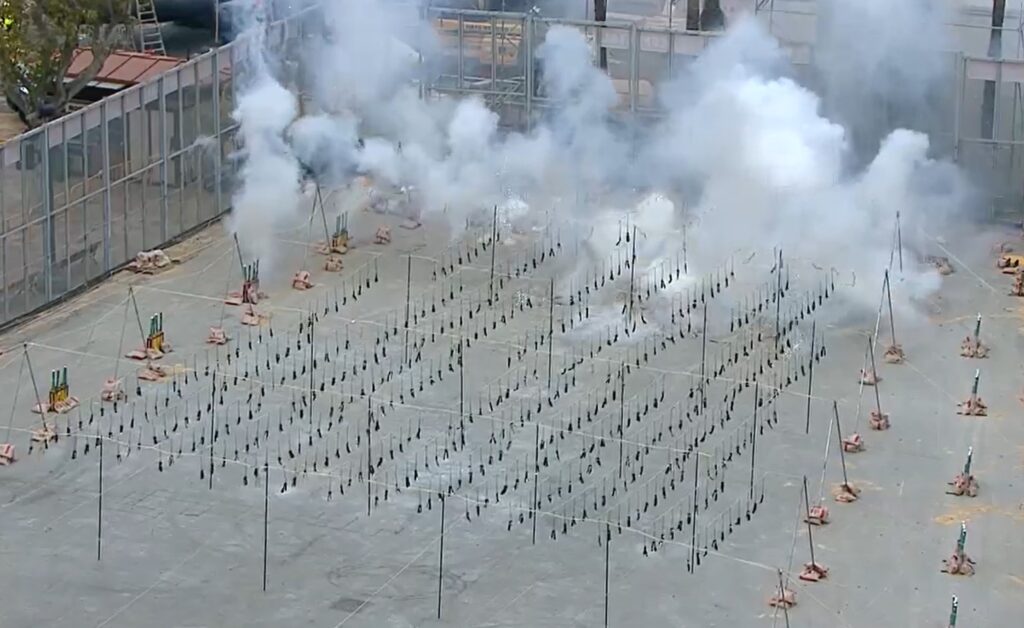
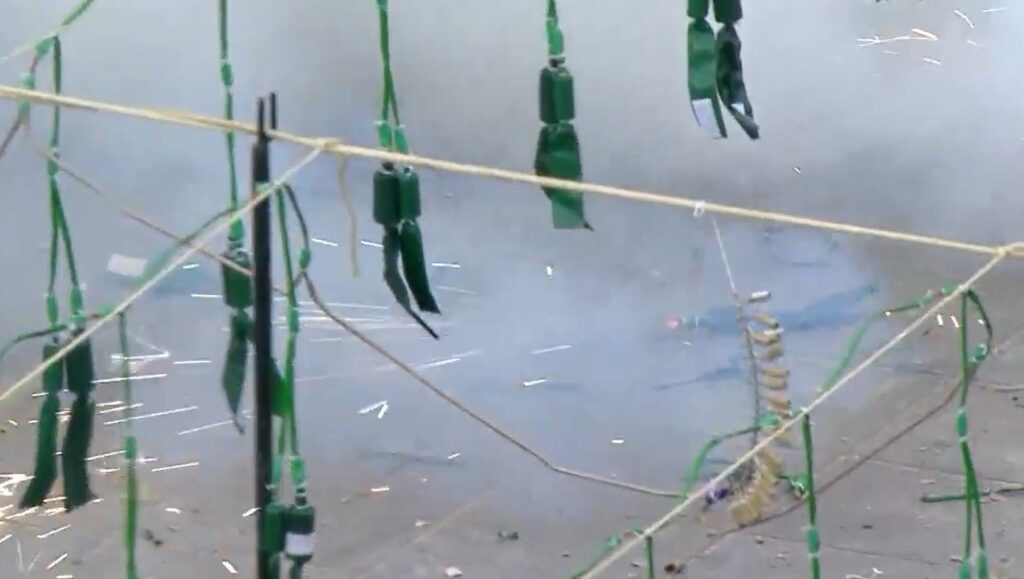
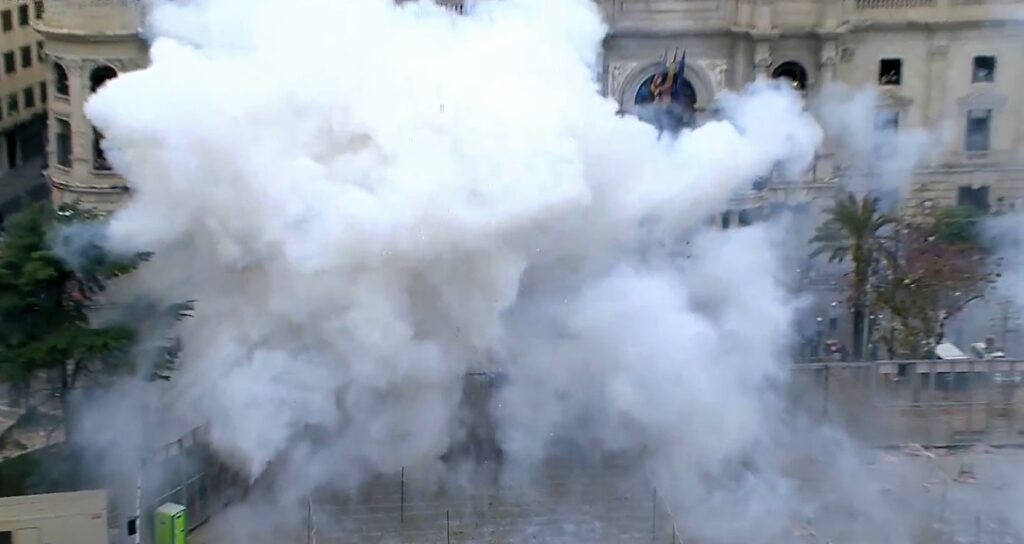
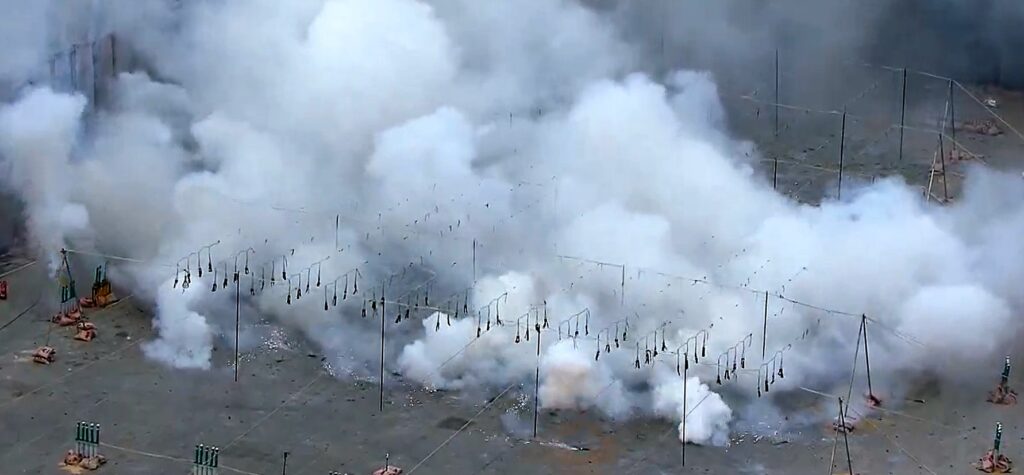
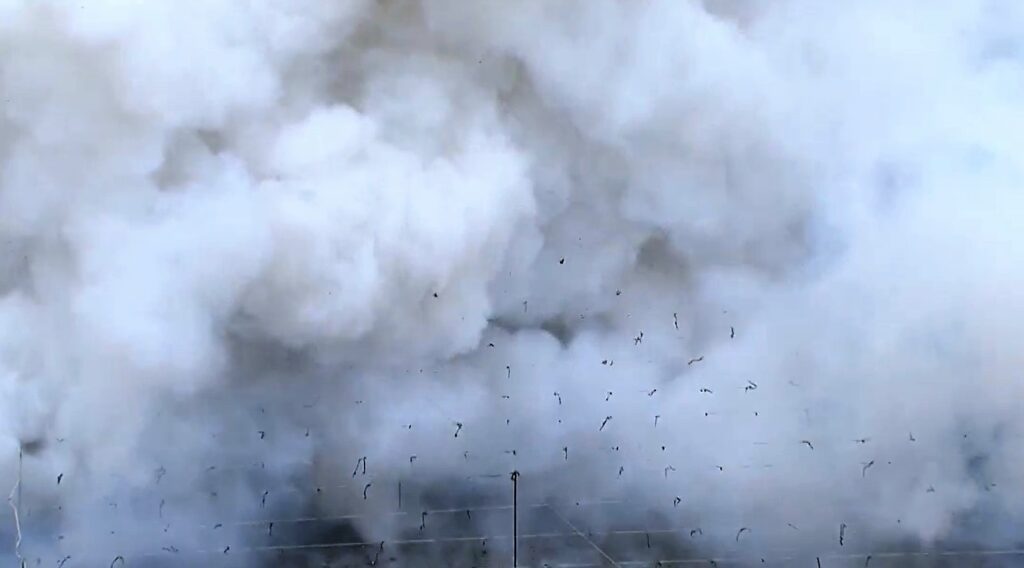
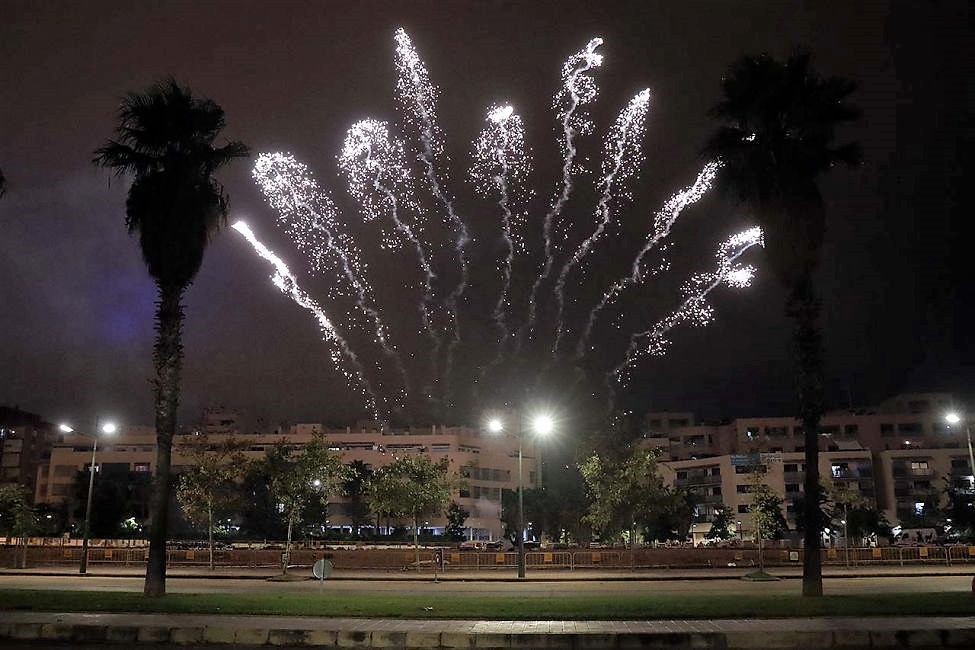
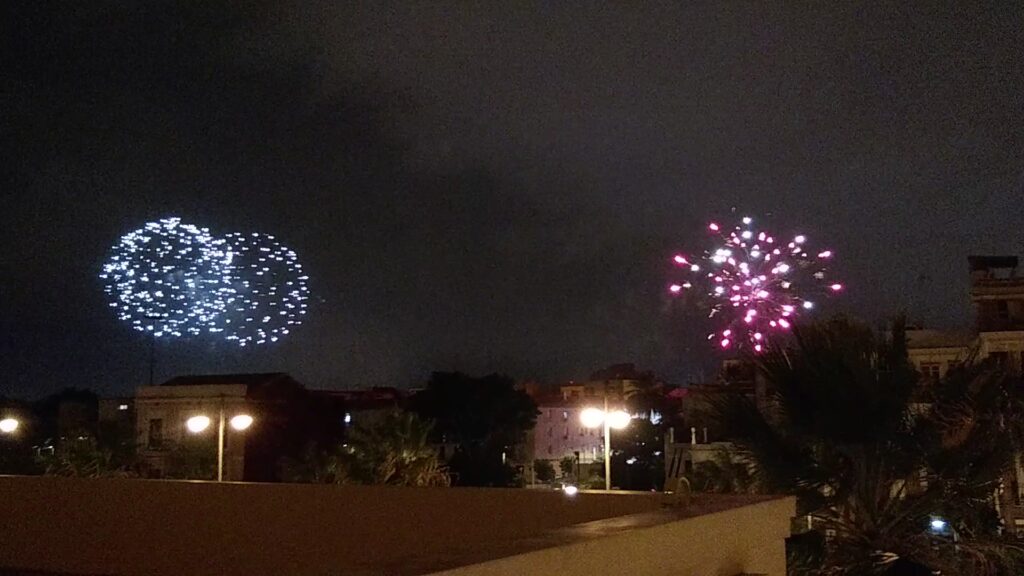
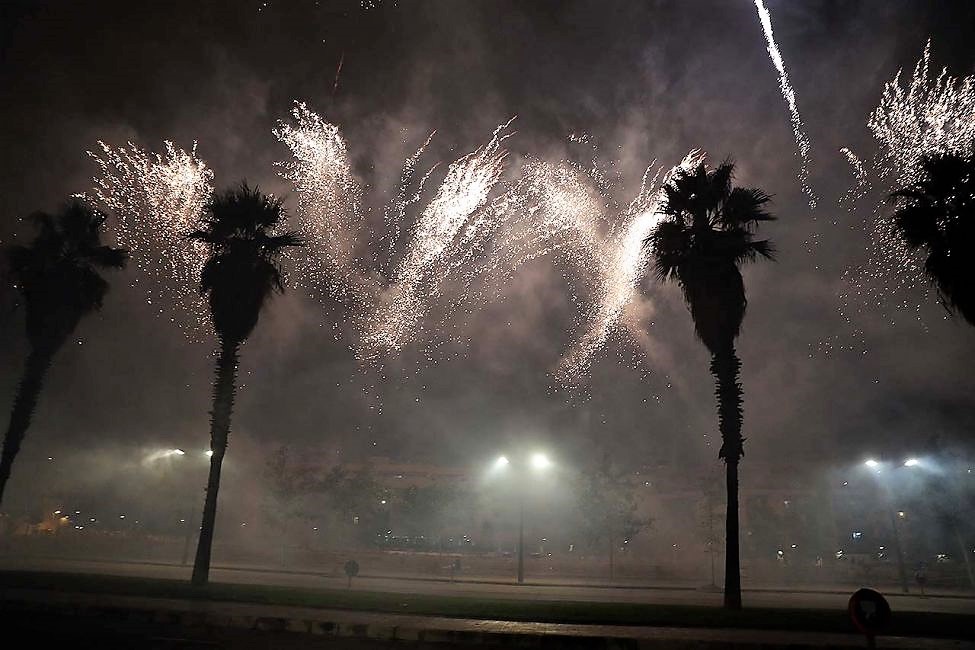
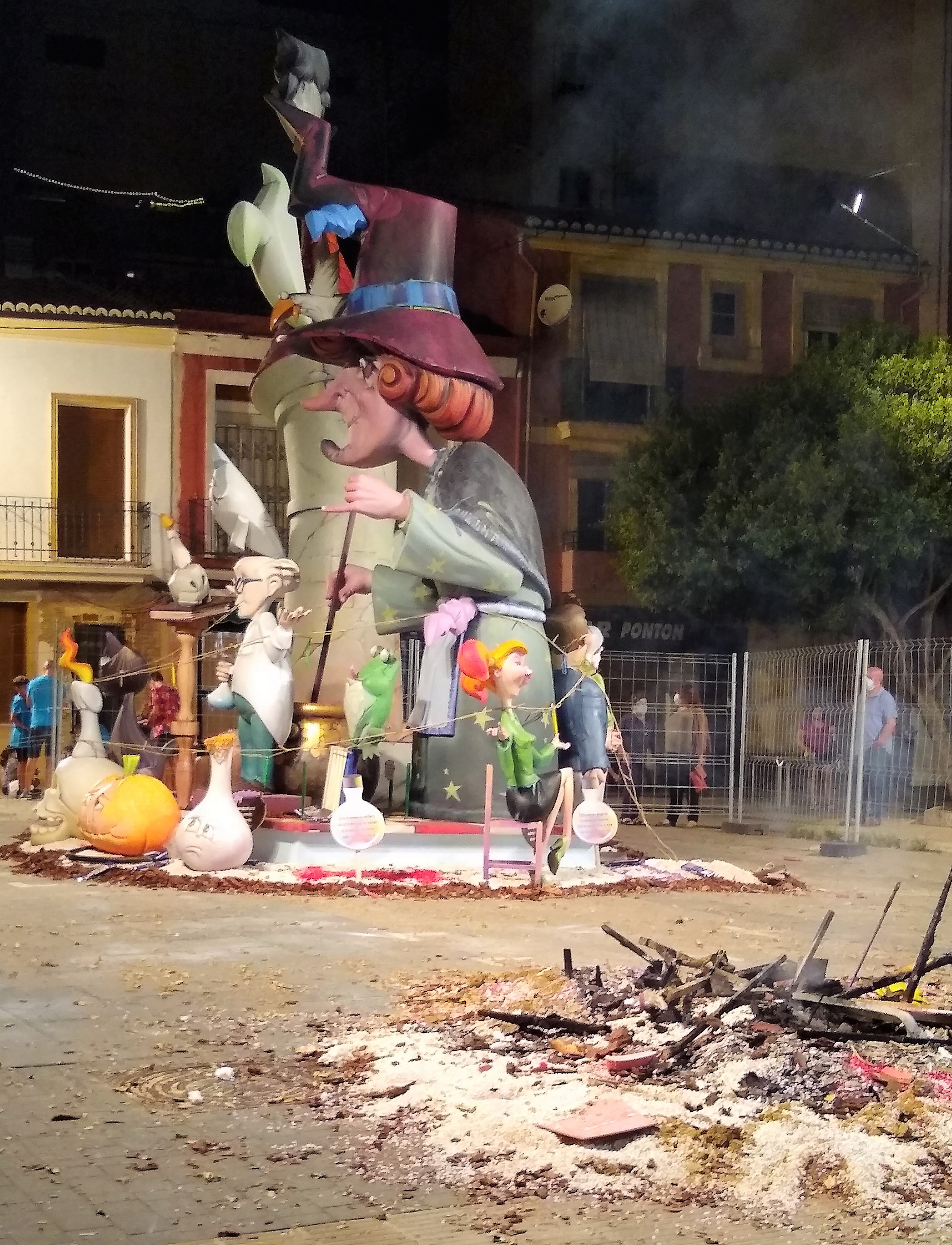
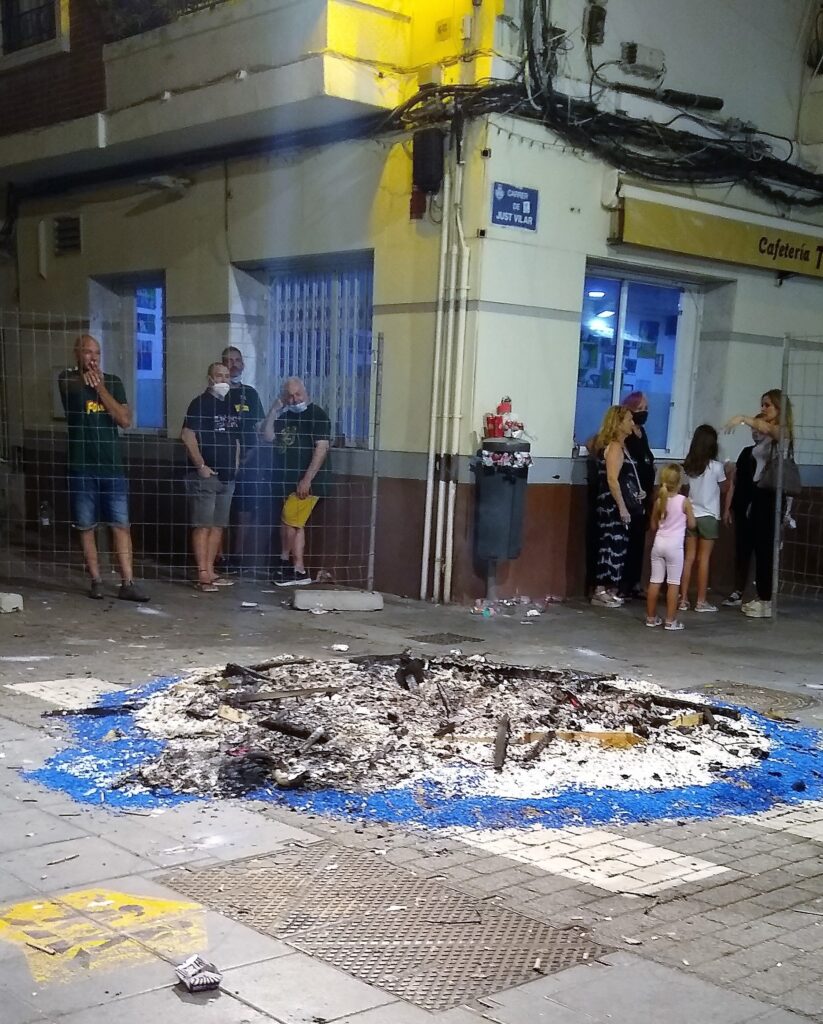
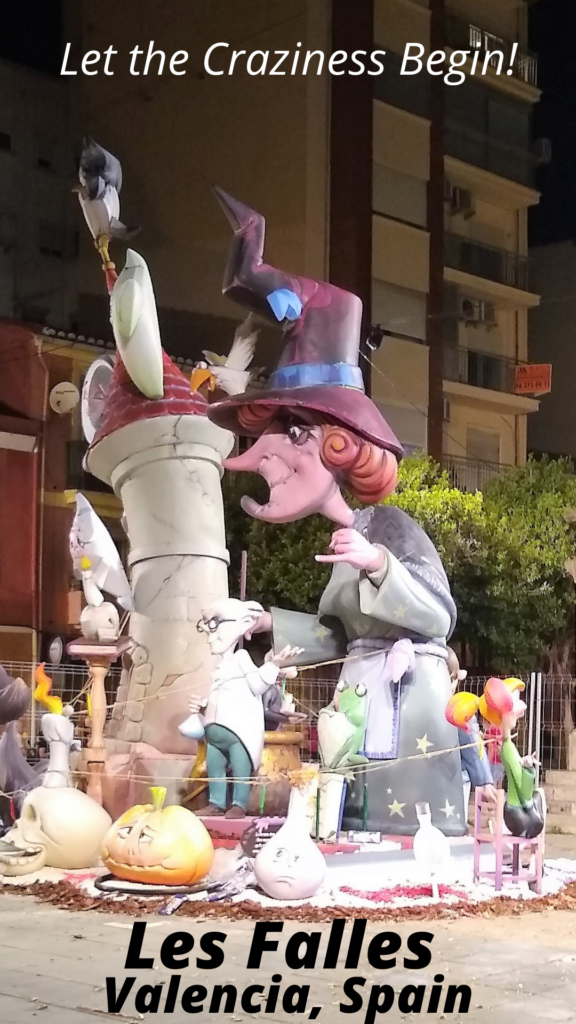
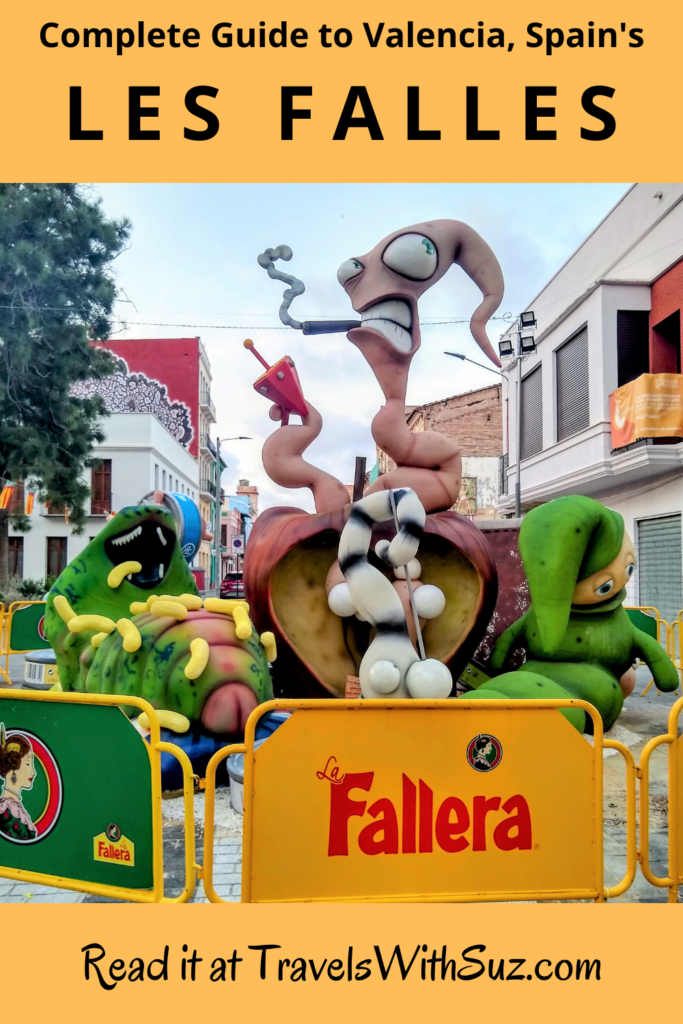
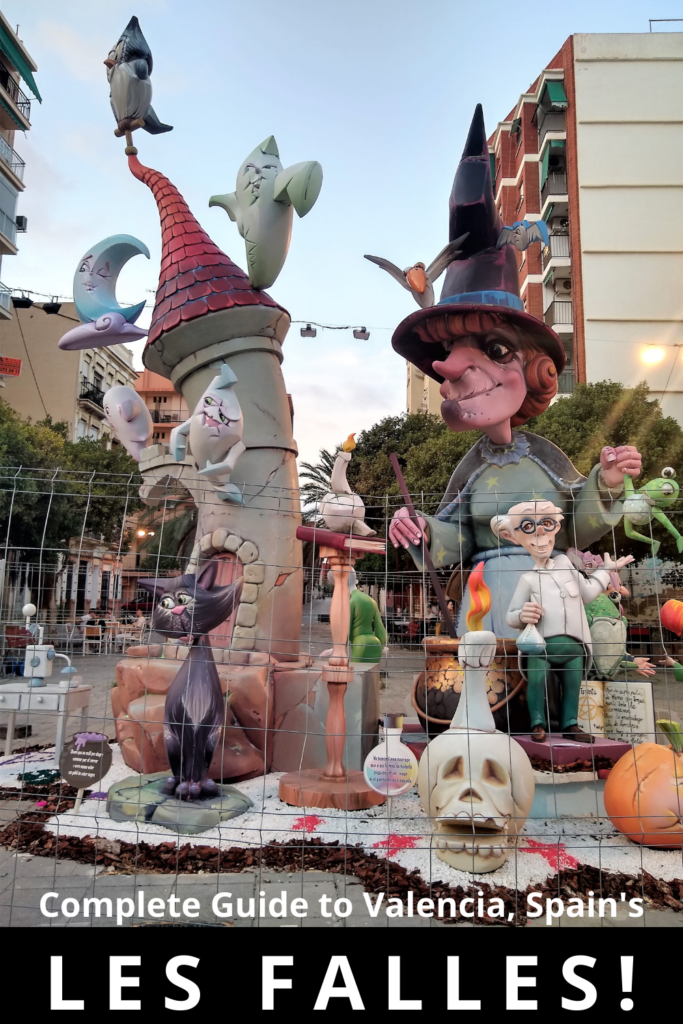
Wow! That’s really Cool. Looks like such an interesting place to visit. Your photos are great, such colour everywhere!
How fortunate for you, to arrive during this festival! I’ve actually read a little bit about it, when researching holidays in other countries. What a spectacular time to be there. And yeah, I bet some tourists weren’t happy about all the noise and celebrations! Glad you aren’t one of those tourists. I’m not either.
Now this looked super amazing to be apart of and I hope those people who just stayed inside their hotel rooms read this! lol I enjoyed all the photos as well and glad you were right there. Thank you for sharing 😉
What a fun place to visit!! Your pictures are BEAUTIFUL!!
Les-falles event is no doubt interesting cultural event, but i think burning that happen in this event pollute air immensively instead of burning all those falles one should recycle and reuse them
Wow! How lucky were you to be at the right place at the right time. This seems like an incredible thing to have been a part of!
Wow! Les Falles looks incredible! I couldn’t imagine being the artist and watching my work literally go up in smoke! Thats crazy! The details are fabulous on those works or art.
This was such an opportunity to be there just at the right time! I loved learning how the festival evolved from disposing of old things to what it is today! Super interesting cultural experiences!
Wow! I never heard of the Falles Festival before. It must of been an incredible experience to see.
Wow! What an interesting festival to stumble upon. I’d love to see it some day.
Wow! This was interesting, thank you for sharing.
This looks absolutely incredible! I think we can all take a lesson away from it as well with the cleansing!
Les Fellas so reminds me of the Easter festival back in my hometown. If you ever visit Ghana, go in Easter and visit the Kwaku mountains. You will love it.
This is the most fascinating thing, from the history of the Les Fallas through the process of burning. Thank you for sharing the step by step process – AMAZING!
This was very interesting. Spain is definitely on my bucket list. Thanks for the great information.
Wow! I have never heard of Les Falles, but it sounds pretty spectacular! Spain is somewhere I would absolutely love to visit once international travel is a bit less complicated.
Les Falles looks super cool! I love a good presentation with fire.